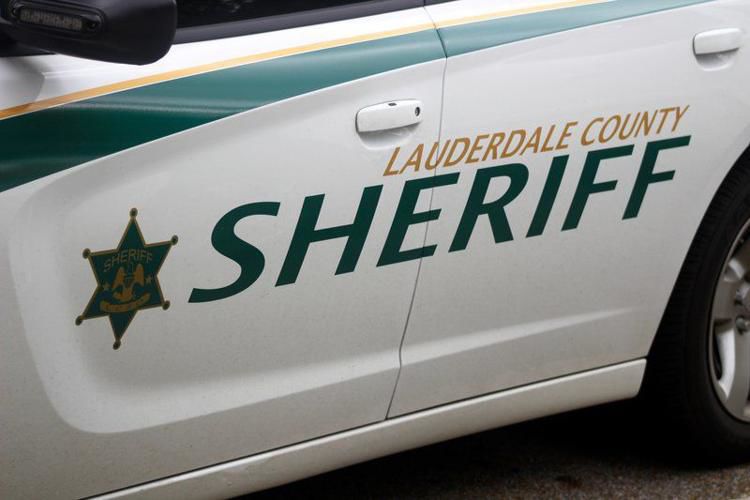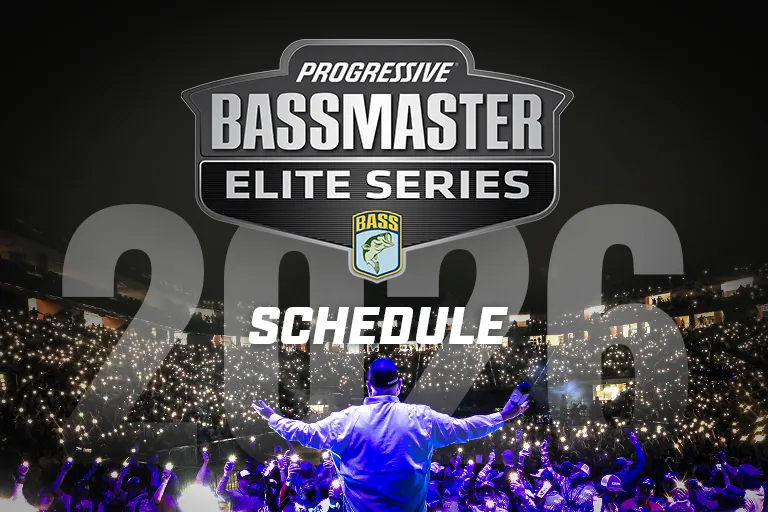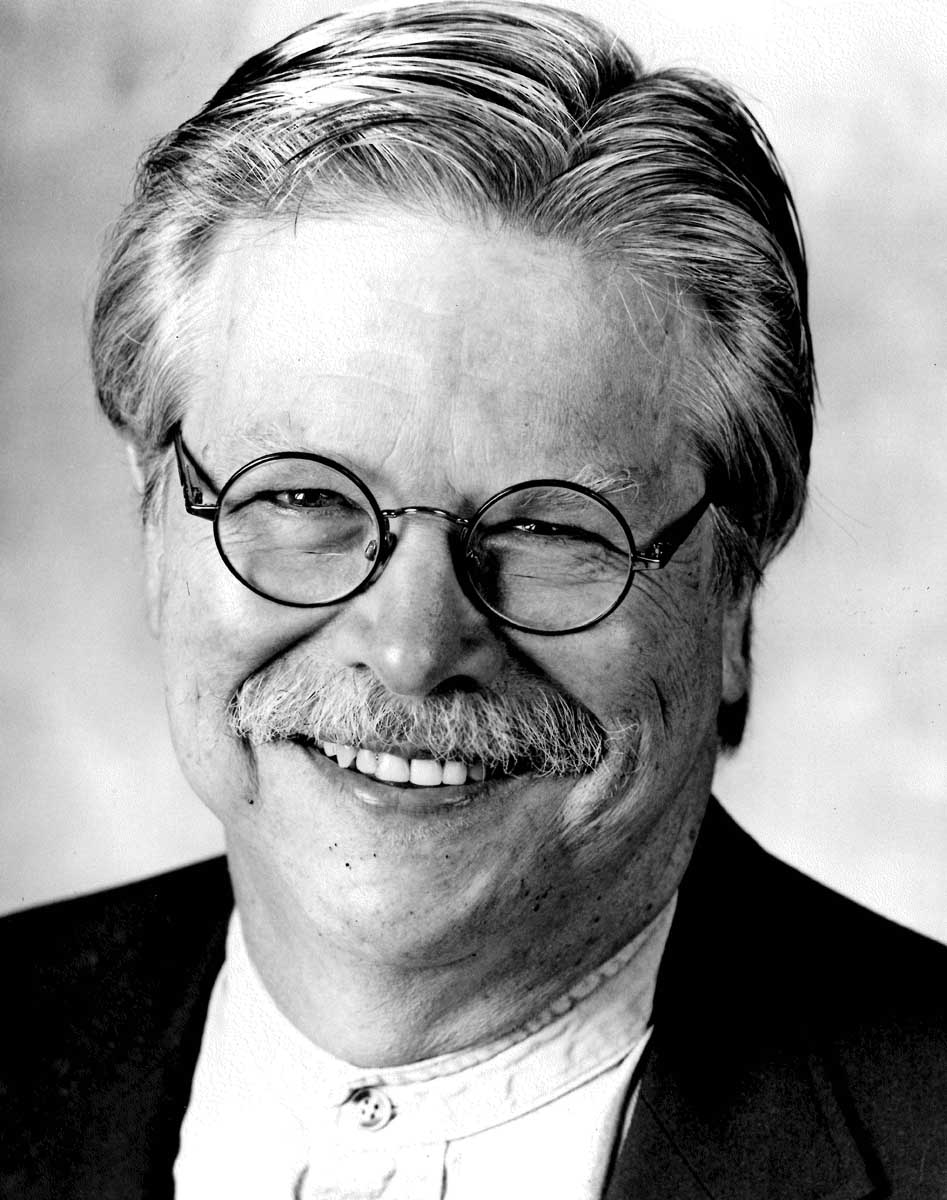Building community two wheels at a time
Published 10:23 am Thursday, July 24, 2025
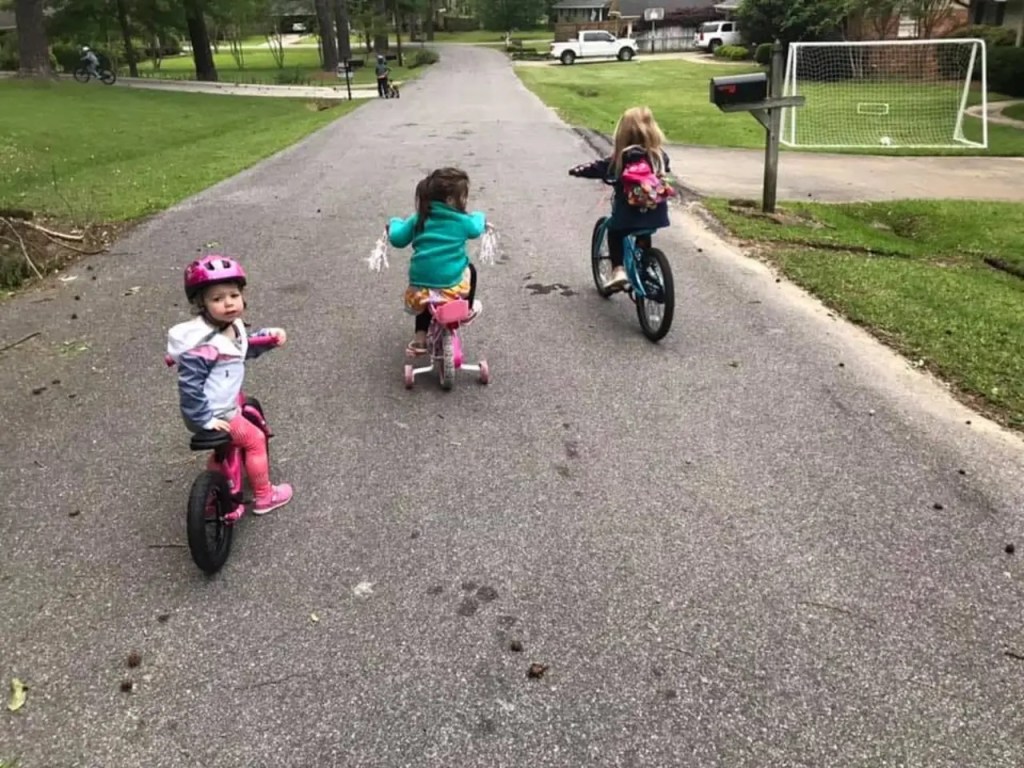
- Teach your children how to ride a bike and they will learn so much more. Photo by Eddie Bowles
“Every time I see an adult on a bicycle, I no longer despair for the future of the human race.” – H.G. Wells
It seems that Wells is most often credited with this quote about bicycling, and, according to my Google search, the words express the writer’s view of the bicycle “as a symbol of progress and social change.”
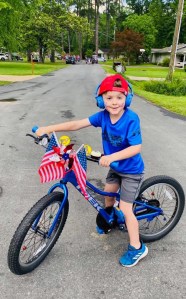
There’s nothing like the freedom of two wheels and summer. Coleson Bowles gets ready to join in the neighborhood fun. Photo by Eddie Bowles
Very few, I suspect, still view the lowly bicycle as a symbol of progress, however, it is my assertion that the social change aspect still has merit, and, in turn, I assert that the bicycle can still be a symbol of progress (especially if that progress has to do with the betterment of the community).
Trending
What do I mean exactly? Bear with me as I try to explain. For me, the bicycle was my first real ticket to freedom. When school ended and summer break began, those pedals and two wheels took me everywhere.
Most summer days, I hopped on my bike and headed out with my faithful German shepherd/collie mix Big Ben to a friend’s house, most often either Trey’s, Dale’s or Tommy’s. If I wasn’t heading to one of their homes, I was heading to my grandmother’s.
I also made a circuit of the local country stores in my little hamlet of Ellistown, as well as the surrounding communities of Jug Fork (yes, that’s really a place, and, yes, they really had a country store), Blue Springs and Fairfield with Ben by my side and often in the company of my friends.
These were the days well before cell phones, but our parents didn’t worry about our safety. When I left, I let them know where I was going and when I would be back, and that was that.
In between that leaving and returning, I learned how to navigate the highways and byways of my community, how to interact with others (both children and adults), how to safely navigate riding in traffic on busy roads, how to properly maintain a bicycle and, among other things, how to manage time.
I’ve thought a lot recently about all those summer miles and life lessons thanks to both a recent email and a recent article that I came across. First, a faithful reader emailed to let me know how much last week’s article about tree climbing and risky play meant to her (thanks Dr. D).
Trending
She, too, had “miraculously” survived a G-force inducing merry-go-round back in the day, her’s in Highland Park, but it was her comments about riding bikes that got my attention. “Like some of the older movies, we were all over town on our bicycles,” she said.
While I was crisscrossing a few communities in Union County, she and her friends were taking on the city streets of Meridian. That got me thinking.
When our kids were small, living in a neighborhood or on a cul-de-sac where they could safely ride their bikes was of the utmost importance, but we never thought of letting them leave the protected confines of said neighborhood.
What did they miss out on as a result? In her article “A Classic Childhood Pastime Is Fading,” featured in “The Atlantic,” Erin Sagen addresses the fact that bicycle riding is becoming a thing of the past for the youth of today.
In the 90s, “…an average of 20.5 million children ages 7 to 17 hopped on a bike six or more times a year, according to data from the National Sporting Goods Association….” Sagen writes that now, “only a few decades later, that number has fallen by nearly half, to about 10.9 million in 2023. Of those, “…less than 5% rode their bikes ‘frequently.’”
Six times a year? I rode my bike six days a week during the summer, if not seven. As I mentioned, biking taught me much more than balance and coordination, it taught me several skills that I would use to navigate life.
“Biking supports children’s independence and overall health in a way that many activities cannot,” Sagen writes. “On a bike, a child gets to choose where to go and how to get there without having to check in with a parent, which lets them practice making decisions.”
For kids, when it comes to riding bikes, more is better. According to Sagen, “as they ride more, the activity can even start to rewire their brain, helping them form spatial maps of their neighborhood and develop the kind of competence and knowledge that can seed lasting resilience and self-esteem.”
As a parent in today’s world, the thoughts of letting your child head out to a friend’s house on their bike (even with their cell phone) may seem both scary and unrealistic.
I knew my community and the surrounding communities like the back of my hand. Now I did grow up in a rural area, but Dr. D grew up in Meridian, rode her bike “all over town,” and lived to talk about it.
Sadly, we’ve lost the sense of community that enabled that adventure. We don’t know our neighbors and, as a result, we’re not comfortable letting our kids venture past the safety of our own cul-de-sacs. What have we lost as a result?
“The Atlantic” article points out that “kids aren’t the only ones who benefit when they start getting around on two wheels. When enough children bike—or simply get outside—whole neighborhoods can be transformed.”
In fact, according to Sagen, “Research has shown that when children play in the open, whether they’re riding a bike, kicking a ball, or merely puttering, parents feel more of a connection to their neighbors, and many begin to feel safer.”
How do we reclaim our community and neighborhood connections? Perhaps we do it two wheels at a time (or at least two wheels per person). Start by getting your child a bicycle, or, better yet, get bikes for the entire family. Next, get outside as a family and ride. Stop in at that house down the street or down the road and introduce yourself.
The more neighbors you know, the more likely you are to feel comfortable in allowing your children to explore and expand their boundaries. I tend to agree with Sagen. If we want to “raise confident and resilient kids,” teaching them how to ride a bicycle and turning them loose to explore is critical.
Until next time, here’s to two wheels and freedom, and here’s to seeing you out there in our great outdoors.


